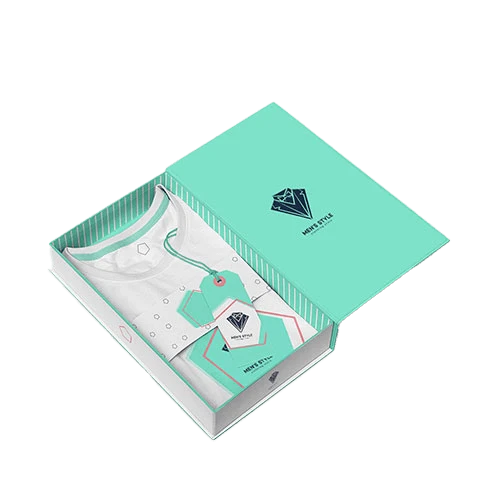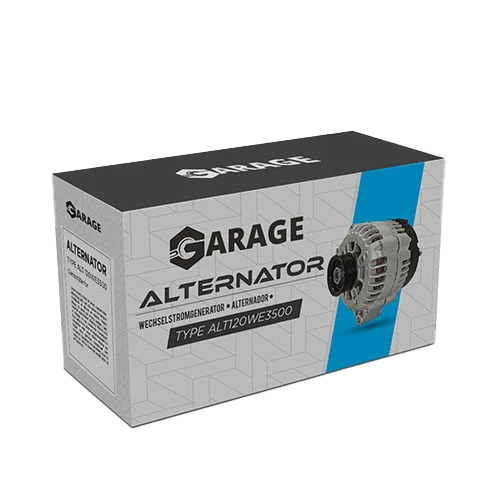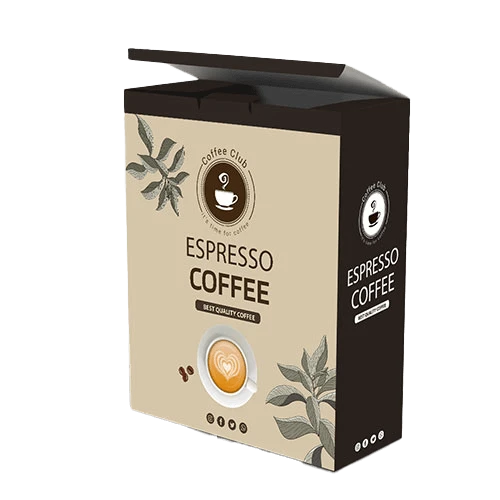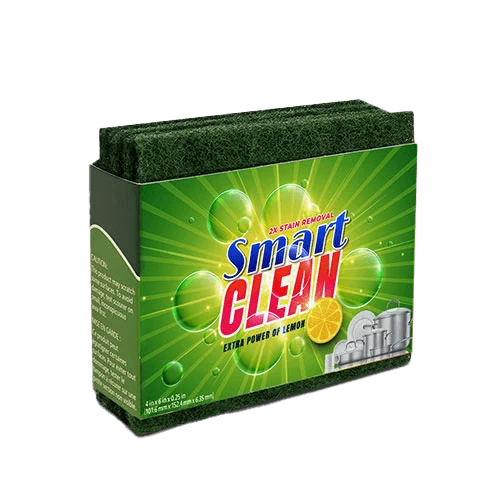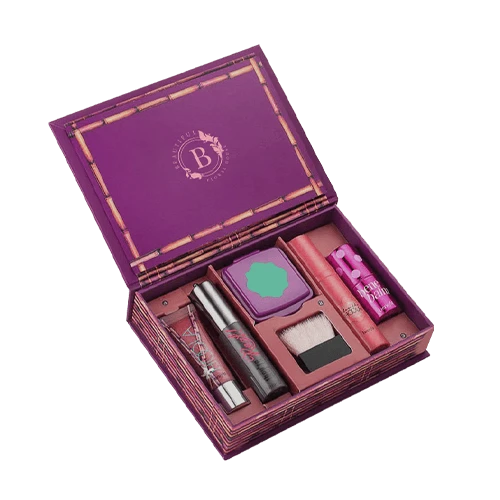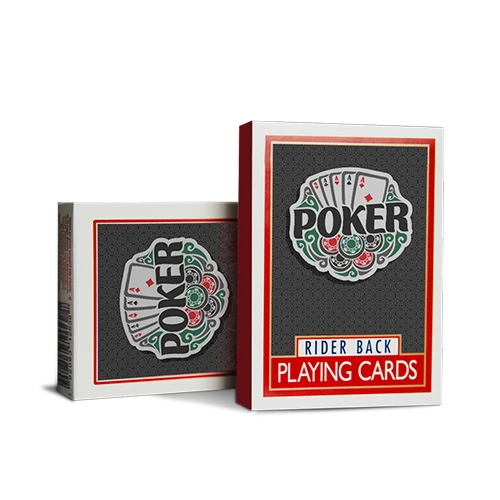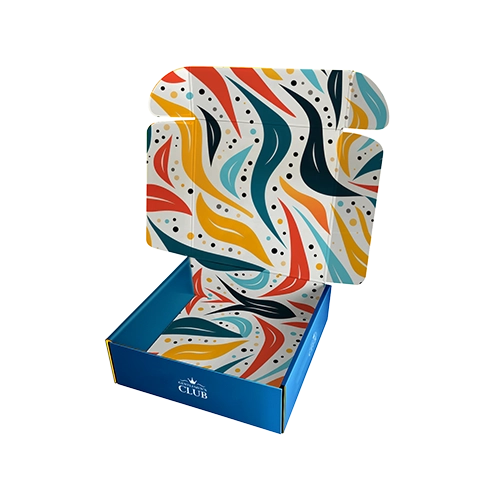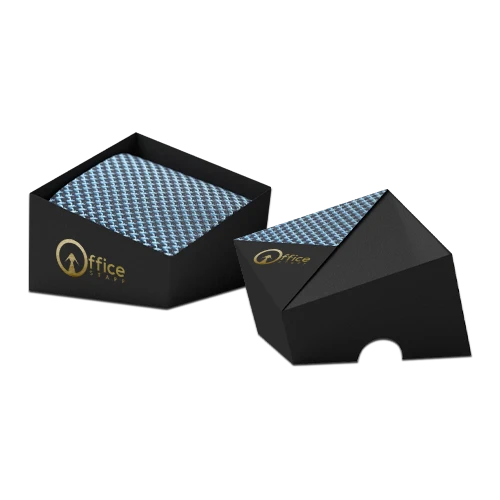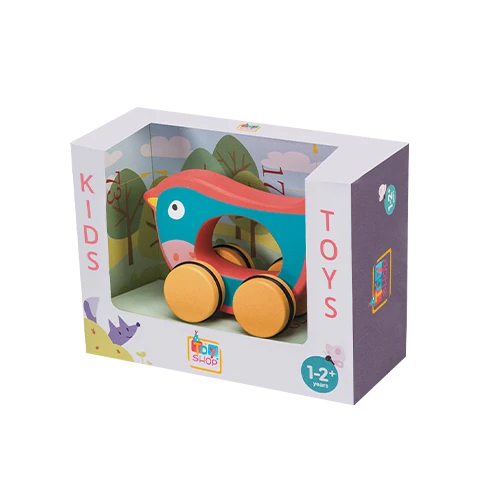
Custom Quote Request Form
Pharmaceutical Packaging
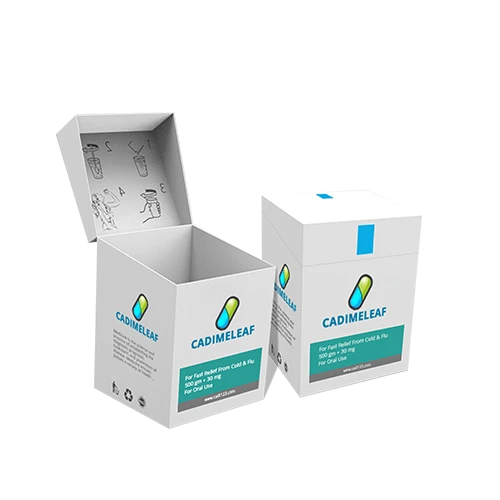

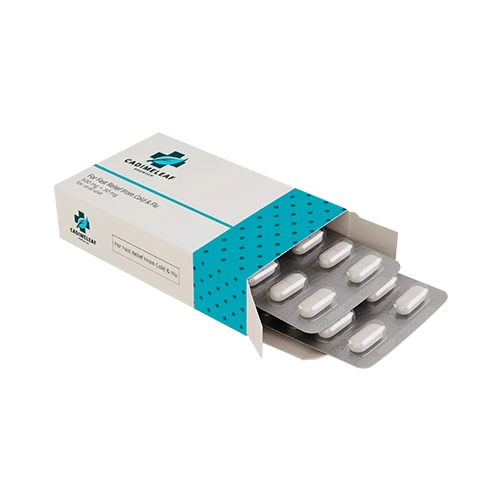
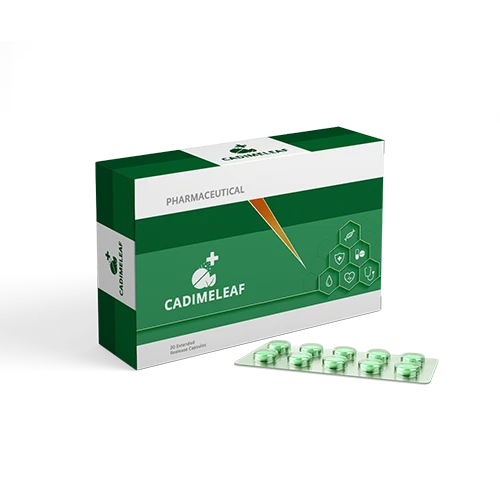
FAQ'sSpecifications Description Reviews |
||||||||||||||||
|
Q:
What types of pharmaceutical packaging can you manufacture?A:
We manufacture a range of pharmaceutical packaging solutions, including tuck-end boxes, blister packaging sleeves, unit cartons, dispenser boxes, and compliance-friendly box styles for over-the-counter (OTC) and prescription products. Q:
Can I include Braille or other accessibility features when designing pharmaceutical packaging?A:
Absolutely, we can incorporate a range of accessibility features, such as Braille, high-contrast printing, and other inclusive design elements when printing your packaging. These options can be integrated to comply with regulatory standards while also ensuring ease of use for customers with disabilities. Q:
Can you print dosage instructions, barcodes, and regulatory information on these boxes?A:
Yes, we offer precise, high-resolution printing for dosage guidelines, drug facts, batch numbers, barcodes, and other required regulatory content, all laid out clearly for easy readability. Q:
Are tamper-evident or child-resistant options available?A:
Yes, we offer tamper-evident seals, perforated tear strips, and packaging designs that are compatible with child-resistant requirements. These solutions are developed to enhance product safety and ensure compliance with industry and regulatory standards. Q:
Are moisture-resistant packaging options available?A:
We offer moisture-barrier coatings, foil lamination, and protective finishes to preserve product integrity and extend shelf life. Q:
Are there any sustainable options available for pharmaceutical packaging?A:
We offer a variety of sustainable packaging solutions, including recyclable paperboard, FSC-certified materials, kraft cardstock, and more. These options are ideal for brands that are aiming to minimize environmental impacts while maintaining full regulatory compliance. Q:
Can you assist with packaging for clinical trial products or samples?A:
Yes, we specialize in small-batch packaging runs that are perfect for clinical trials and sample distribution. You can order quantities tailored to your specific requirements, ensuring flexibility and efficiency throughout your trial process. Q:
Do you offer serialization and track-and-trace printing options?A:
Yes, we provide the ability to print unique identifiers, including QR codes, barcodes, and serialized data, directly on your packaging. These features facilitate compliance with traceability regulations, allowing for accurate tracking and verification of your products across the supply chain. Q:
Can you provide secondary packaging for blister packs or vials?A:
Yes. We can create custom-fit secondary packaging, including sleeves, auto-lock boxes, and divider inserts to hold blister packs, ampoules, vials, or syringes securely in place.
Importance of Packaging in the Pharmaceutical IndustryPackaging is an important aspect of the pharmaceutical industry because it plays a crucial role in protecting the integrity and quality of the product. It helps to preserve the stability, prevent contamination, and ensure that the product is delivered to the patient in a safe and effective manner. Packaging also helps to prevent counterfeiting and diversion of the product, which are significant concerns in the pharmaceutical industry. In addition, packaging can also help to improve the patient's experience with the product, for example, by making it easier to open or use. Finally, packaging also plays a role in product branding and marketing, as it helps to differentiate the product from competitors and communicate information about the product to consumers. There are many different types of packaging used in the pharmaceutical industry, including:
|









